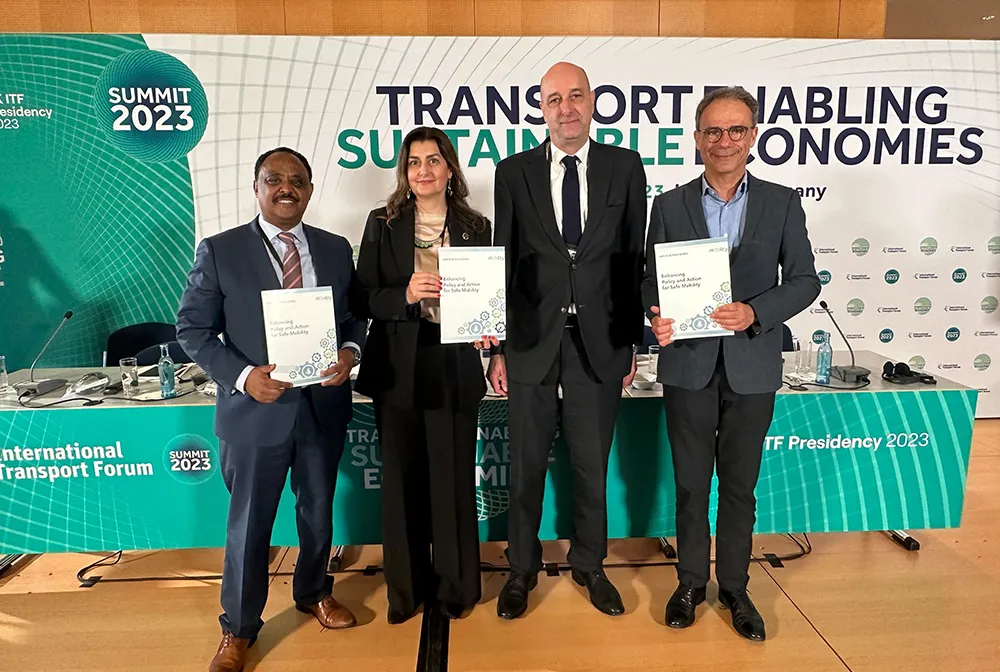The authorities in Oman plan to improve road safety standards, a topic of key concern in the Gulf States. As part of this plan, the Royal Oman Police (ROP) has commissioned the Transport Research Laboratory (TRL) to carry out a comprehensive road safety research programme in the Sultanate of Oman. The multi-sector assessment will evaluate road safety performance and compare existing activities against best practice. These will be carried out across 12 different disciplines, including road safety managemen
December 5, 2012
Read time: 2 mins
RSSThe authorities in Oman plan to improve road safety standards, a topic of key concern in the Gulf States. As part of this plan, the Royal Oman Police (ROP) has commissioned the Transport Research Laboratory (777 TRL) to carry out a comprehensive road safety research programme in the Sultanate of Oman. The multi-sector assessment will evaluate road safety performance and compare existing activities against best practice. These will be carried out across 12 different disciplines, including road safety management, safety engineering, legislation and enforcement, education and awareness and post-crash response. Following this multi-disciplinary review, TRL will develop an Action Plan that provides solutions to improve Oman’s road safety. The Action Plan will be designed in accordance with the principles of the Safe System, using short to medium-term recommendations that bring about appropriate incremental enhancements in performance. This study complements an existing project in Oman, where TRL is designing a comprehensive crash database and installing its unique iMAAP network based crash analysis system, working on behalf of The Research Council and in collaboration with ROP.
TRL’s safety director, Tracy Savill said, “We hope that the project will result in the implementation of a series of evidence based recommendations that will stabilise and reduce the high number of road deaths in the country.”
TRL’s safety director, Tracy Savill said, “We hope that the project will result in the implementation of a series of evidence based recommendations that will stabilise and reduce the high number of road deaths in the country.”








